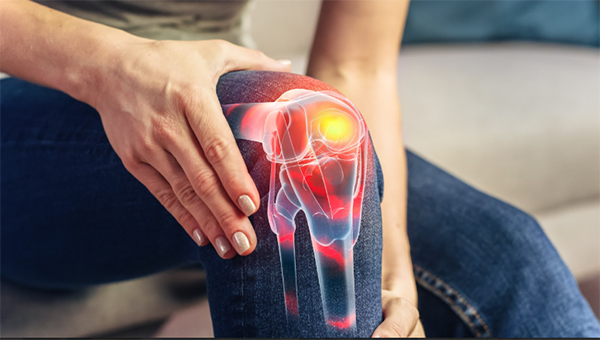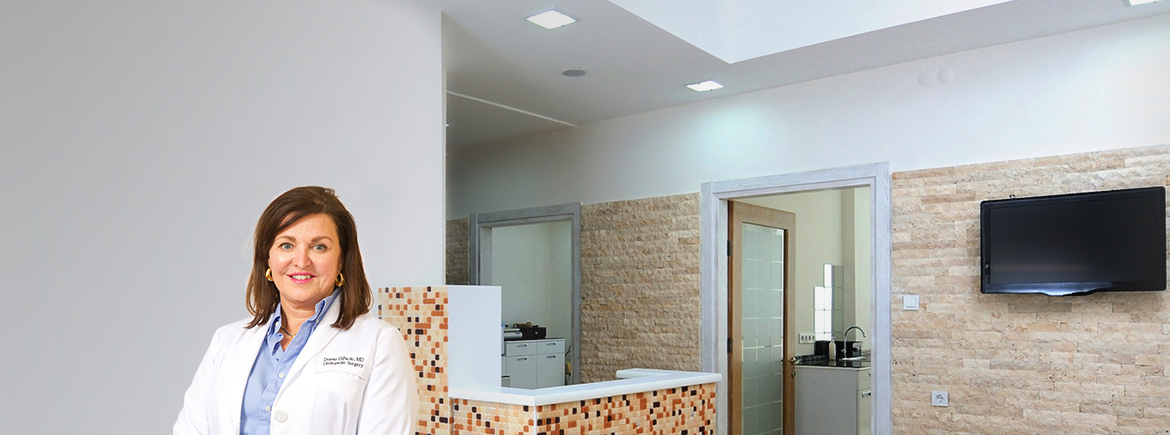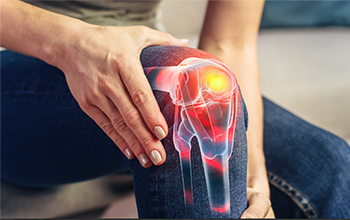
Imagine a surgeon holding a precise, custom-made model of a patient’s anatomy before stepping into the operating room. This is the reality with 3D-printed guides. They transform complex procedures into more predictable, efficient, and successful surgeries. Let’s explore how 3D-printed guides are changing the landscape of surgical preparation and improving patient outcomes.
What are 3D-printed Guides?
3D-printed guides are physical models or templates produced through a 3D printing process based on the patient’s specific anatomical data. This data is typically gathered from imaging techniques like CT scans or MRIs, which provide detailed 3D images of the patient’s bones, joints, and surrounding structures. Using this data, a 3D model is designed and printed to serve as a surgical guide.
How are 3D Guides Made?
The process begins with high-resolution imaging of the patient’s joint. This data is used to create a detailed 3D digital model of the area to be operated on. The digital model is then used to design the 3D guide. The guide is custom-tailored to the patient’s anatomy and the specific requirements of the surgery. For example, in knee replacement, the guide might include slots or holes that indicate where cuts should be made or where implants should be placed. Once the design is finalized, the guide is printed using a 3D printer, usually in a biocompatible material like plastic or metal. The printer builds the guide layer by layer, following the exact specifications of the digital model.
How Are 3D Guides Used in Surgery?
- Preoperative Planning: Surgeons use the 3D-printed guide to plan the procedure in detail before the surgery. This allows them to anticipate challenges and ensure that everything is ready for a smooth operation.
- Intraoperative Use: During surgery, the 3D-printed guide is placed on the patient’s bone to direct the surgeon’s tools. For example, in a knee replacement, the guide might indicate the exact angles and locations for bone cuts, ensuring that the implant is placed in the optimal position.
- Precision and Alignment: The guide acts as a physical reference that fits precisely over the patient’s bone, allowing the surgeon to make accurate cuts, drill holes, or place implants according to the preoperative plan.
Benefits of 3D-Printed Guides
- Customization: Since the guide is made specifically for the patient’s anatomy, it provides a level of customization that’s not possible with standard surgical tools.1
- Accuracy: The guides improve the precision of surgical cuts and implant placement, reducing the likelihood of errors and enhancing the overall outcome of the surgery.2
- Efficiency: By providing a clear roadmap for the surgery, 3D-printed guides can help reduce operative time and minimize the need for intraoperative adjustments.3
ConforMIS® uses advanced 3D printing technology to create customized surgical guides for preoperative planning in joint replacement procedures. These patient-specific guides are designed based on detailed imaging of the individual’s anatomy, ensuring a precise fit and optimal alignment during surgery. This innovative approach optimizes implant positioning, leading to better long-term outcomes.
3D printed guides are a game-changer in preoperative planning, offering precision, efficiency, and improved patient outcomes. Its adoption in surgical practices is set to grow, paving the way for safer and more effective medical procedures. With ConforMIS® 3D-printed guides, surgeons can achieve a higher level of precision, ultimately providing patients with a more natural-feeling joint replacement.
If you are considering knee or hip replacement, schedule a consultation with the DiPaolo Orthopedics team to see how personalized, patient-specific guides can improve your surgical outcome.
AUTHOR: Dr. Daneca DiPaolo is a highly-skilled, board-certified orthopedic surgeon located in Grenada, Mississippi. She offers the latest orthopedic techniques and provides quality, compassionate, state-of-the-art orthopedic care.
Reference:









